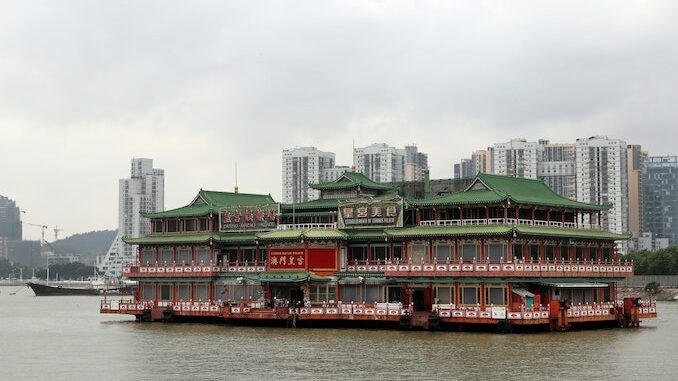

“Though the [Pearl River] delta accounts for less than 1% of China’s territory and 5% of its population, it generates more than a tenth of its GDP and a quarter of its exports.” ~ The Economist
By South China Morning Post
- In March 2017, Chinese Premier Li Keqiang announced a plan for the “development of a city cluster in the Guangdong-Hong Kong-Macau Greater Bay Area
- The plan is part of China’s urbanisation push, to have clusters leveraging the strength of first-tier cities to boost growth in the less developed ones.
- The 56,500 square kilometre Bay Area encompasses 11 cities – Hong Kong, Macao, Guangzhou, Shenzhen, Zhuhai, Foshan, Zhongshan, Dongguan, Huizhou, Jiangmen and Zhaoqing.
- China’s Bay Area has been compared with the bay areas of San Francisco, New York and Tokyo. The area in Tokyo covers 9,076 sq km and is home to 31 million people, while the San Francisco Bay Area covers 18,000 sq km and has a population of 7.6 million.
- The combined GDP of China’s Bay Area reached US$1.36 trillion in 2016, with an estimated population of 66.71 million. The area recorded more than 65.2 million TEUs (twenty foot equivalent units) of annual container throughput and handled 175 million passengers.
- Four of the world’s top 100 universities and 16 of the Top 500 companies are located in the area.
Related Reading:
Incentives Needed to Drive Bay Area Plan
